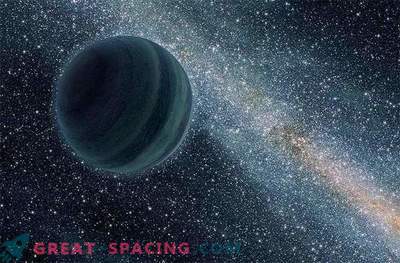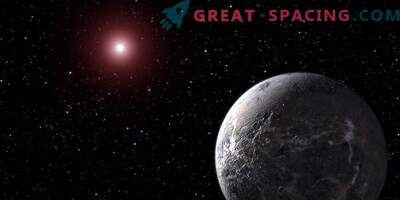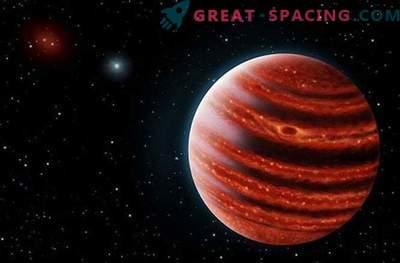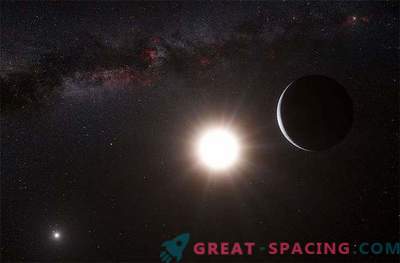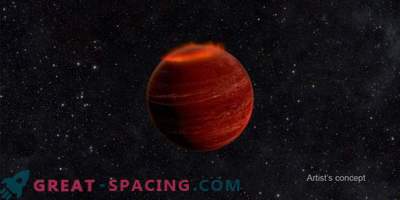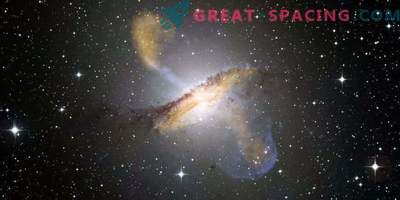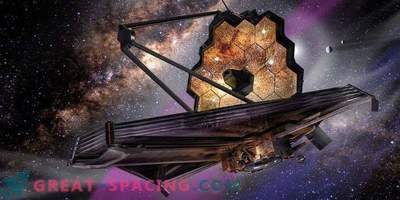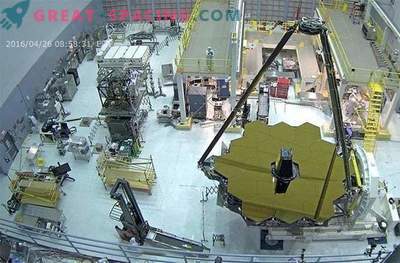
Since we are finding more and more planets outside the solar system in recent years - in total, more than 2,000 candidates - a strange new class of worlds has emerged. These are those that fly alone in space and do not rotate around the orbit of the host star. The reasons why they exist in this way are still poorly understood. Perhaps the star has thrown them out of their own solar system, or are they formed there by themselves in interstellar space?
Here are some of the recent discoveries of rogue planets made by astronomers. In some cases, these planets are so large that they begin to claim what is called "brown dwarfs." These are huge planets that are not quite massive enough to withstand nuclear fusion in their core (this is a requirement to be called a “star”). This is a fuzzy distinction between what is a planet and what is a star. In addition, sometimes it is not possible to accurately determine the mass of the object. Thus, there are different views on how “planetary” these objects are.
CFBDSIR 2149-0403
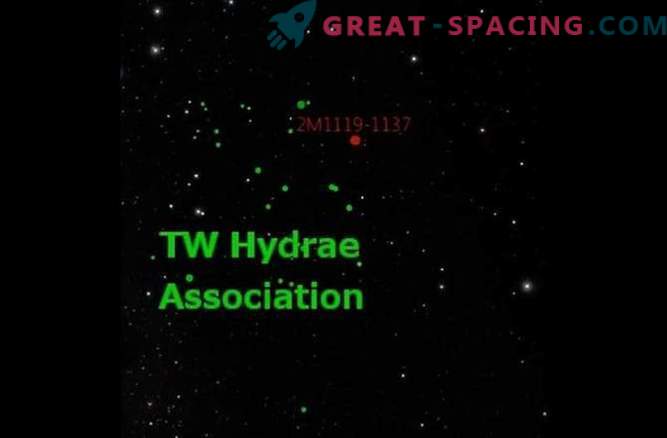
CFBDSIR 2149-0403 is so close to Earth that scientists were able to analyze its atmosphere, suggesting that it might have methane and water vapor. The object appears to be associated with young stars, known as Moving Group AB Doradus, who are only a few tens of millions of years old. At the time of discovery (2012), it was the first planet that was identified as part of a group of young stars.
If an object really is part of this group, scientists estimate its size to be about 4 to 7 times the mass of Jupiter, and its age is from about 50 million to 120 million years. It was found as part of a brown dwarf hunt project.
WISE J085510.83-071442.5
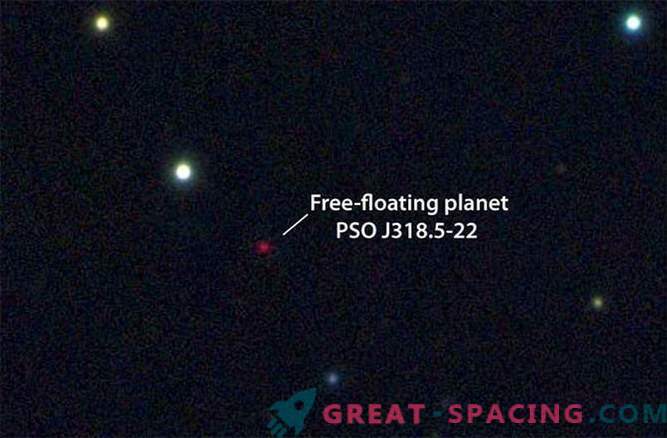
WISE J085510.83-071442.5, which may actually be a brown dwarf, was identified by the NASA Wide-Angle Infrared Researcher (WISE) and the Spitzer Space Telescope. Located about 7, 2 light years away from the solar system, or right behind the star system (Alpha Centauri, 4 light years away.) WISE noticed the object in part because it was moving too fast relative to the background stars.
Astronomers are not sure of its size, which can take from 3 to 10 Jupiter masses. Researchers, however, noted that brown dwarfs are more common and this makes a more likely scenario.
PSO J318.5-22
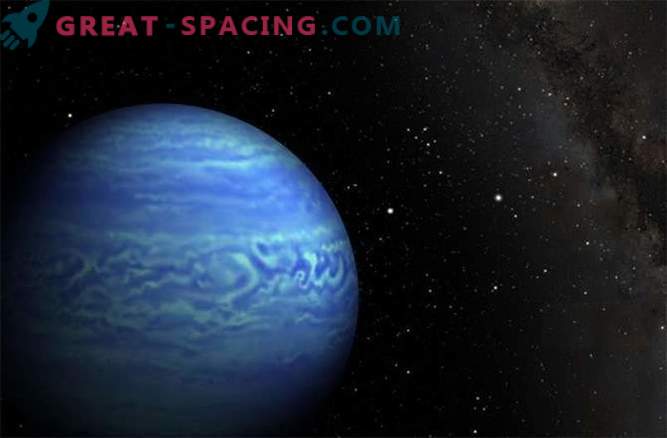
PSO J318.5-22 is about six times the mass of Jupiter and moves synchronously with the group of young Beta Painter stars, which were formed about 12 million years ago. The object was found at a time when scientists were searching for brown dwarfs. He looked more red in the infrared than the famous brown dwarfs, which put him in a special place in the team of researchers. His youth also attracted attention.
“We have never before seen an object freely floating in space, which looks like this. It has all the characteristics of young planets found around other stars, but it drifts alone there. I often wondered if such single objects existed and now we know what they are doing, ”said lead author Dr. Michael Liu from the Institute of Astronomy at the University of Hawaii at Manoa.
MOA-2011-BLG-262

The free-floating planet MOA-2011-BLG-262 is almost four times the mass of Jupiter. But it highlights the fact that the planet can also have a moon. Scientists have discovered a possible moon during a microlensing event in 2011, which occurs when the reflection of a distant object enhances the reflection of starlight from a short, near object passing in front of it. Unfortunately, for science such an event cannot be duplicated, so it would be very difficult to find out if the open moon was real. Researchers warn that the moon may actually be an exoplanet from a star behind it.
2MASS J1119-1137
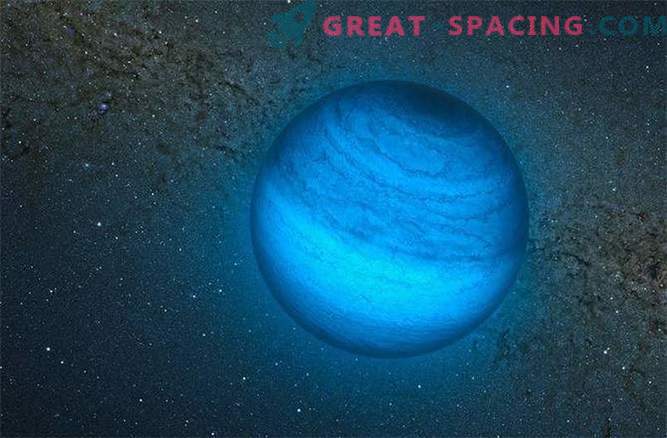
The most recent discovery (this month) is 2MASS J1119-1137. In a press release, scientists called it one of the youngest and brightest “free-floating planetary objects” close to the sun. The research team discovered that the planet was moving synchronously with a young group of stars of about 10 million years old, known as the TW Hydra Association.
“Detection of free-floating planets like 2MASS J1119-1137 and PSO J318.5-22 offers an excellent opportunity to study the nature of giant planets outside the solar system,” said lead author Kendra Kellogg, an astronomy student at Western University in Canada. She added that these objects are “more simple to explore the planets. Objects such as the 2MASS J1119-1137 drift in space and our observations are not overwhelmed by the brightness of the host star in the neighborhood. ”






